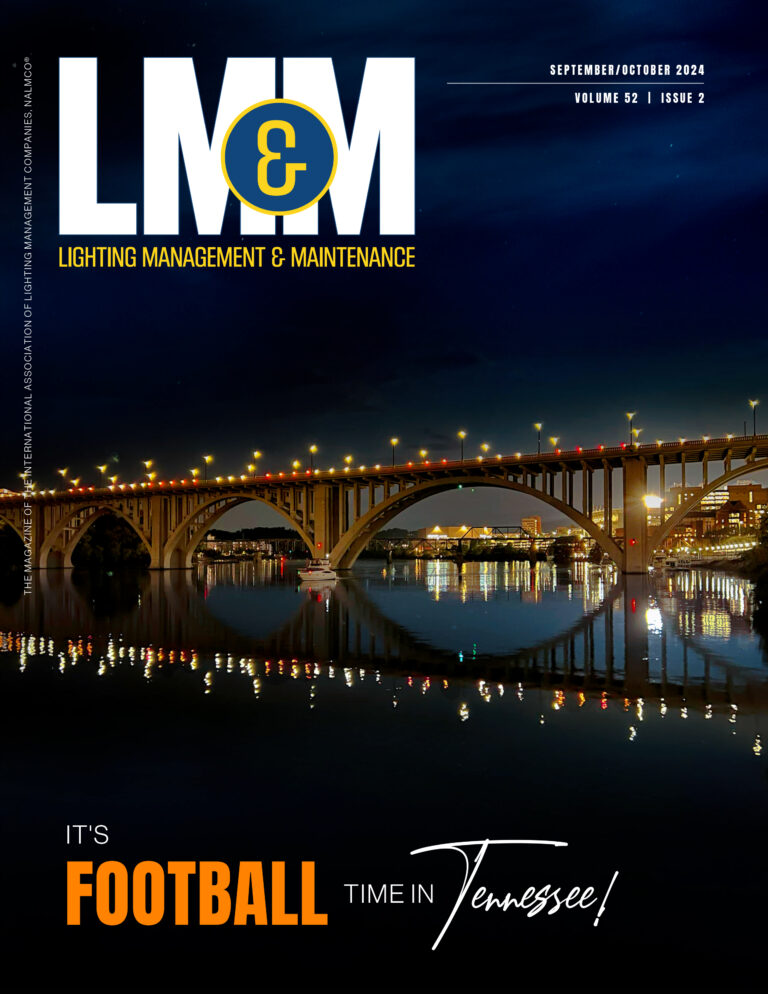EXCLUSIVE:**Must Credit EdisonReport**
Like many other industries, lighting technology has been undergoing a “digital revolution.” With the shift from traditional lamps to LED-based technologies, what we are experiencing is comparable to what industries— such as photography, telephony, among others— have experienced in the past few decades. Legislation and advances in solid state lighting (SSL) are driving the market toward a focus on more energy-saving products. The resulting shift is essentially the natural progression of technology.
One thing is clear – after more than 100 years of persistent tradition, the lighting industry will have to adapt to survive. As we enter into this new era of lighting, the lifespan of innovations are significantly reduced as processes and products move more rapidly through the pipeline and we continue to explore light and all that it can achieve. Adjustments to the way that we do business will be necessary to meet market requirements for continued expansion and we are already observing some of these changes as manufacturing footprints are changing all around us. The most recent phase out of the iconic 60-watt light bulb impacted both the consumers that buy them and the manufacturers that make them alike. The industry needs to continue to review how the traditional lighting industry has changed and what the next logical steps should be.
As a result, many of the changes in the business environment have made it necessary for OSRAM to take steps to prepare our company to move forward. The transition into the digital era is inevitably linked to the adjustments of our capacities as we have had to strategically realign our operations to comply with this changing landscape. Global- and regional-production capacities have been adapted to make the best use of our resources and to also meet the demands of the market, while our operations need to reflect current and future customer demands and legislative requirements.
The importance of traditional products is not to be overlooked as it currently accounts for the largest part of our industry today and we will continue to invest in upgrades and efficiencies for the unforeseeable future. While SSL is rapidly growing in acceptance, it is our traditional business that will generate the funds required to invest in tomorrow’s technology. However, the accelerated shift from traditional to SSL and the resulting restructuring steps, including adjustments to our footprint, also give way to additional cost issues as a result of simple economics.
It is throughout this surge that market dynamics drive change within our business model. While intensifying our efforts in cost and complexity reduction, we have also sharpened our price discipline for traditional lamps products. With product volumes shrinking at an accelerated pace, the scale benefits that we used to pass on to our customers, no longer exist, which require us to offset the missing economies of scale from higher volumes of traditional lamp production This discipline will lead us forward and help to maintain a long-term value proposition that has always defined our business.
Amidst all these challenges and dynamic changes, we are also investing significantly in SSL and green technologies as part of our strategic transformation. The digital era of light will continue to present challenges, but with challenges come opportunities. The most thrilling part is that we have yet to understand what light can achieve. From incorporating intelligent-lighting systems into building management systems and networking via the internet and mobile phones to enhancing people’s health and intellectual performance, light is taking us places we never realized that it could. However, to stay on this exciting path, we must continue to operate with a high level of entrepreneurial freedom and flexibility, including the need to work with more of a pricing discipline. This process of adjusting, maintaining and expanding reflects the continuous improvement that is part of OSRAM’s DNA. Balancing all three will be required in the industry landscape of tomorrow.



